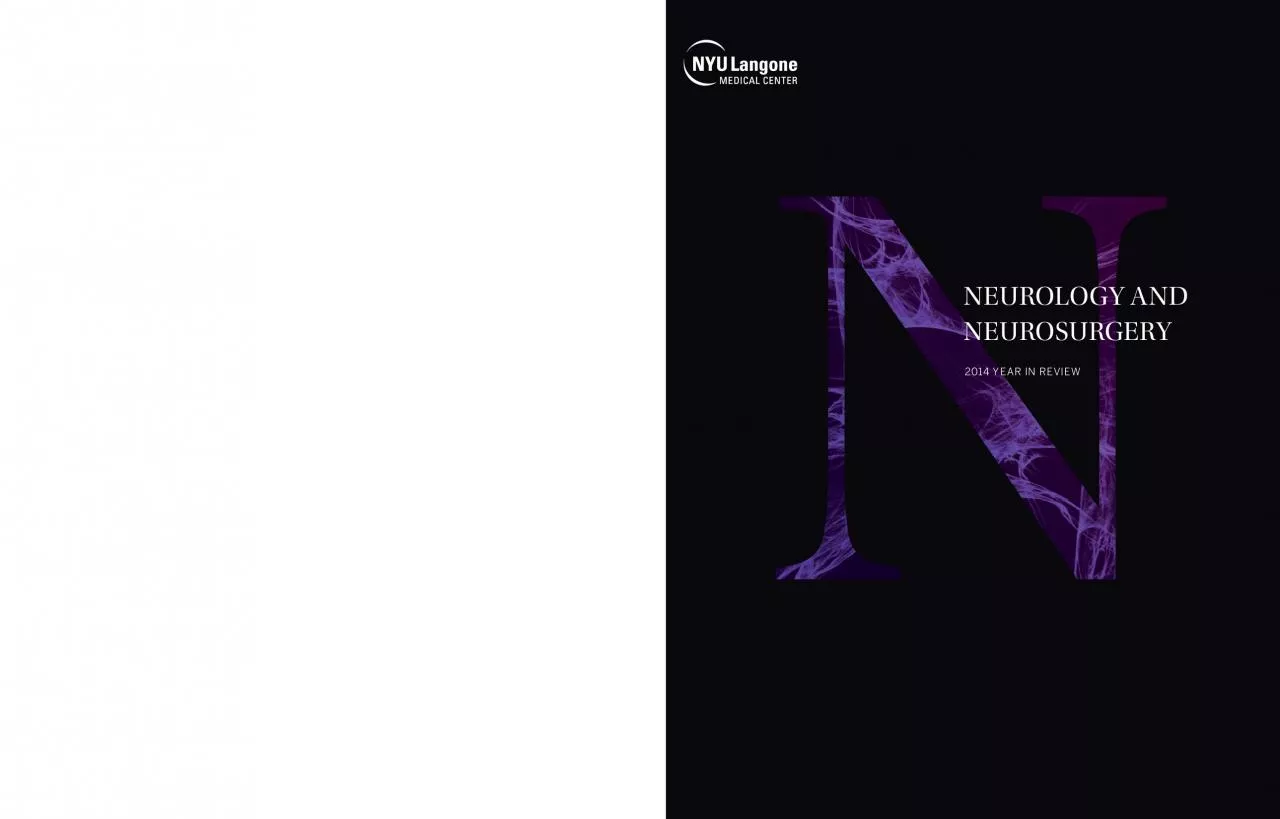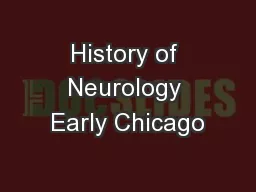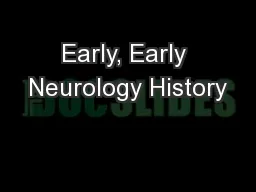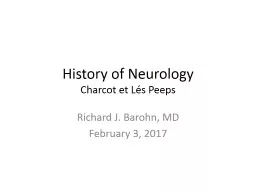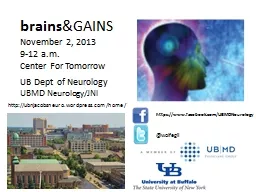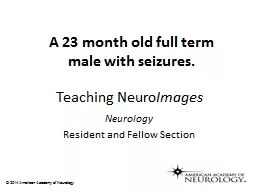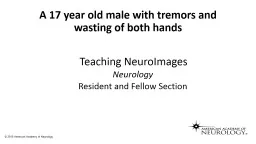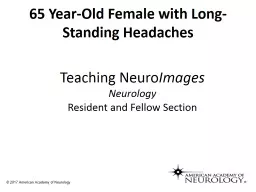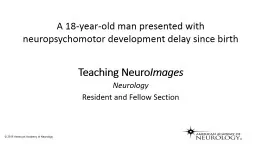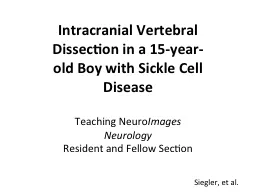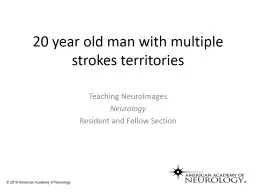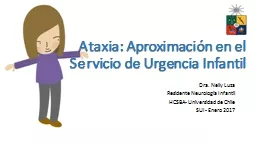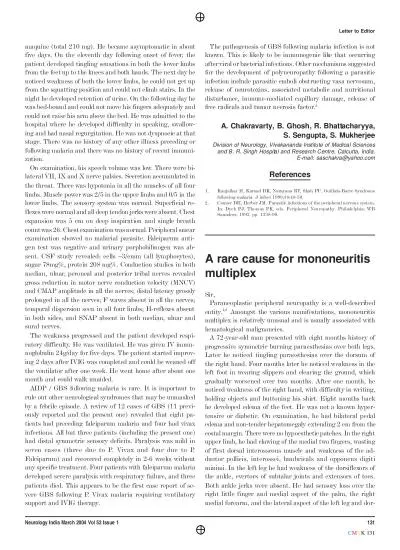PDF-NEUROLOGY AND NEUROSURGERY2014 YEAR IN REVIEW
Author : caroline | Published Date : 2021-09-28
NYU Langone Medical Center550 First Avenue New York NY 10016nyulmcorgCONTENTS40Research42Education Training 46Publications51Message from the ChairsFacts FiguresNew
Presentation Embed Code
Download Presentation
Download Presentation The PPT/PDF document "NEUROLOGY AND NEUROSURGERY2014 YEAR IN R..." is the property of its rightful owner. Permission is granted to download and print the materials on this website for personal, non-commercial use only, and to display it on your personal computer provided you do not modify the materials and that you retain all copyright notices contained in the materials. By downloading content from our website, you accept the terms of this agreement.
NEUROLOGY AND NEUROSURGERY2014 YEAR IN REVIEW: Transcript
Download Rules Of Document
"NEUROLOGY AND NEUROSURGERY2014 YEAR IN REVIEW"The content belongs to its owner. You may download and print it for personal use, without modification, and keep all copyright notices. By downloading, you agree to these terms.
Related Documents

